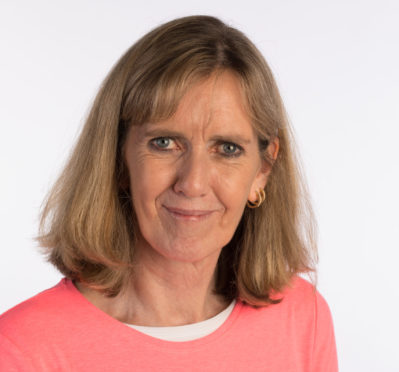A pioneering embalming technique and “the Sue Black effect” are being credited with a disproportionately high number of people donating their bodies to medical science in Tayside.
Dundee University receives more bodies per capita than anywhere else in Scotland.
A total of 465 cadavers have been donated to since 2014. Only Glasgow received more, with 578, but the city’s population is four times the size of Dundee’s.
Aberdeen had 195, Edinburgh 206 and St Andrews 167.
Tracy Wilkinson, professor of anatomy at Dundee University, praised the “altruistic” motives of the people who give up their body for research and education.
She said one of the main reasons for the institution’s popularity was its use of the Thiel embalming method.
Developed by Austrian professor Walther Thiel in 1992, it offers greater flexibility in the body post-death.
Dundee is the only university in Scotland to use it.
Prof Wilkinson added: “It wasn’t really picked up around the world in 1992 but a few places are looking at it now. It was adopted in Dundee about 10 years ago.
“The big difference is the body is quite flexible and you can do all sorts of interesting things as a result. It helps with training and gives students a life-like experience. For example, we can pump air into the lungs to stimulate breathing.
“It’s a safe environment for practising the skills needed.
“I think Thiel is one of the main reasons we see so many bodies in Dundee.”
She also paid tribute to one of Dundee University’s former big hitters, for raising the profile of its work.
Professor Sue Black was professor of anatomy and forensic anthropology at Dundee until she left to take up a vice-chancellor post at Lancaster University in 2018.
She starred in the BBC programme History Cold Case, developed methods which helped bring war criminals and child abusers to justice and wrote a bestselling book about her work, All That Remains, in 2018.
Prof Wilkinson said: “I think she (Sue Black) had a great effect on the profile here.
“I would like to think our reputation is still good even after she has left, but having her here certainly didn’t hurt.”
Prof Wilkinson, who has been at the university for five years, said staff and students were extremely grateful to everyone who donated their body.
“All the universities work closely together, so if one can’t take a body at that time they ask elsewhere and it can be sent there,” she said.
“That only happens with the person’s consent. There is an option on the form when they are agreeing to donate their body asking if they are okay with that.
“Most people agree. People who are doing this fantastic act in the first place are very altruistic.”
There are currently 20,000 people who have signed up to donate their bodies to each of the five Scottish universities which use them in their research.





